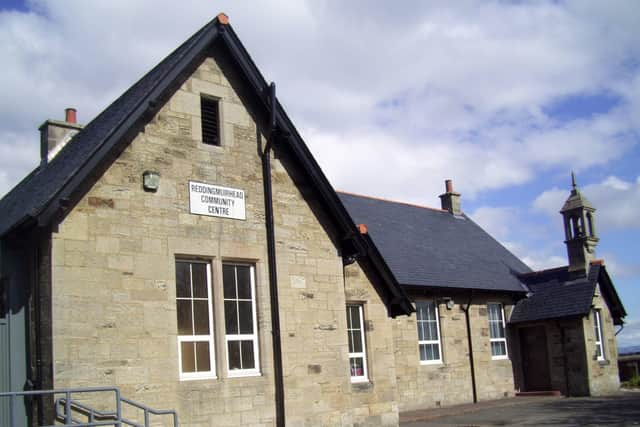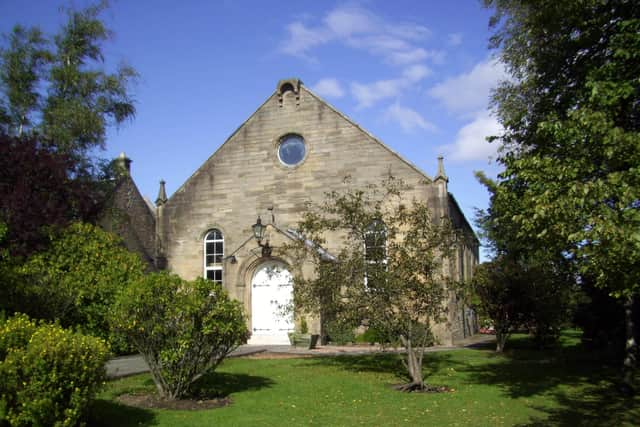Historian Ian Scott looks at community buildings in the Braes
and live on Freeview channel 276
The west end of Falkirk is one, or at least it used to be before the beautiful classical police station was bulldozed in favour of the current modern block and the lovely range of Georgian buildings behind the pend at 303 were destroyed by neglect but the area I am interested in here is Reddingmuirhead.
On the Redding to Shieldhill road we have a group of three very different buildings which shared the common purpose of serving their community at a time when mutual support was essential if working people were to survive.
Advertisement
Hide AdAdvertisement
Hide AdThe earliest of the three is the handsome building known as the Reddingmuirhead Institute which began life as a school funded by the Duke of Hamilton in 1856.


The Duke owned most of the local coal mines and the school was intended to provide basic education to the colliers’ children.
When it was no longer required the Duke handed it over to the community and in 1910 it became the Institute used for reading, social functions, billiards and bowls. It even had a shooting gallery at one time.
Today it still serves the community for a variety of groups not least the Sir William Wallace Grand Lodge of Scotland Free Colliers. Each August the Free Colliers gather here at the beginning of their demonstration march to Wallacestone by way of the former coal villages of the Braes.
Advertisement
Hide AdAdvertisement
Hide AdNext door to the Institute is Wallacestone Methodist Church which opened in 1873. John Wesley the founder of Methodism did visit Scotland on an evangelical tour in the 1750s but the dour Presbyterians of the time were not too keen on his message which was too much like the Church of England for their liking.


However, as religious fervour swept Scotland in Victoria’s time, denominations of all kinds flourished and local adherents decided they were strong enough to have their own building.
Falkirk town also had a Methodist congregation in James Street until 1972 when it became part of Grahamston United. Although the Wallacestone building is plain enough in design it stands back from the road surrounded by trees which makes it very easy on the eye.
On the other side of the street is the most recent addition.
Advertisement
Hide AdAdvertisement
Hide AdThe Red House, with its three brick gables, was built for Redding Co-operative Society in the 1920s. The co-operative movement began in earnest in the north of England in the 1840s to encourage working people in industrial areas to own and control their own supplies of food and other essentials. Redding Co-op opened in 1862 and served for many years until it was replaced by the brand new Red House. To make sure that the passing world knew what it was all about the designers set in stone the clasped hand symbol of shared endeavour which remains today as a reminder of the struggles of the past.
Today the church congregation is active, the Red House has a number of shops and the Reddingmuirhead Institute is home to several groups including the local community council. Danny Callaghan and the members of the council have done sterling work in keeping the history of the area in front of the public not least by organising the story boards in the Tesco store. I haven’t been there for ages so I don’t know if they are still on display. I certainly hope so.
Comment Guidelines
National World encourages reader discussion on our stories. User feedback, insights and back-and-forth exchanges add a rich layer of context to reporting. Please review our Community Guidelines before commenting.